10 Things That Come Naturally To Wolves But Not To Dogs
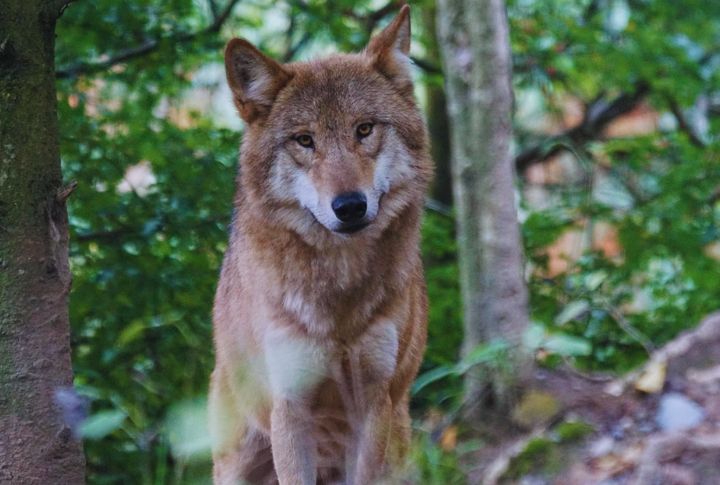
Wolves and dogs may share DNA, but their behaviors couldn’t be more different. One thrives in the wild, the other by the hearth. This list breaks down the instincts and habits wolves kept—and dogs left behind—as survival shaped one and domestication softened the other.
Territory Marking Is A Coordinated Effort

Territorial boundaries in wolf packs are a team effort. They walk and mark together, reinforcing shared borders with coordinated scent marking. While dogs also mark, they do it solo and rarely as part of an organized, defensive scent patrol unit.
Wolf Pups Learn Survival From The Entire Pack
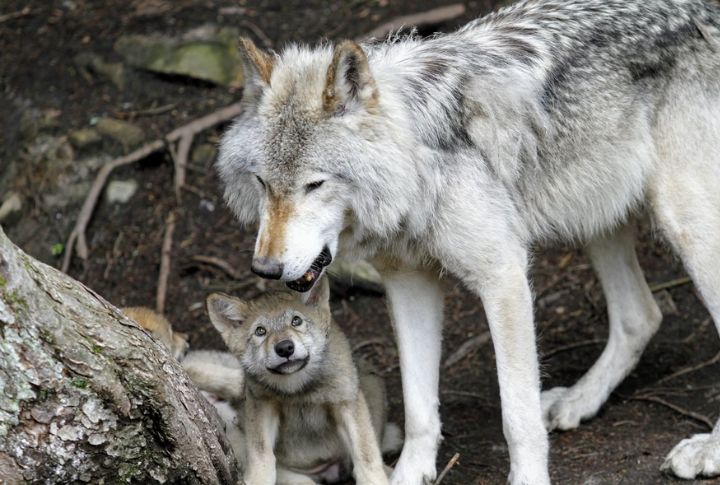
In wolf families, it’s not just the parents who raise the pups. Uncles and even older siblings pitch in to teach hunting and manners. Domestic dogs? They mostly rely on humans and lack that rich, all-packed learning experience from birth onward.
Alpha Pairs Raise Offspring With Strict Hierarchy
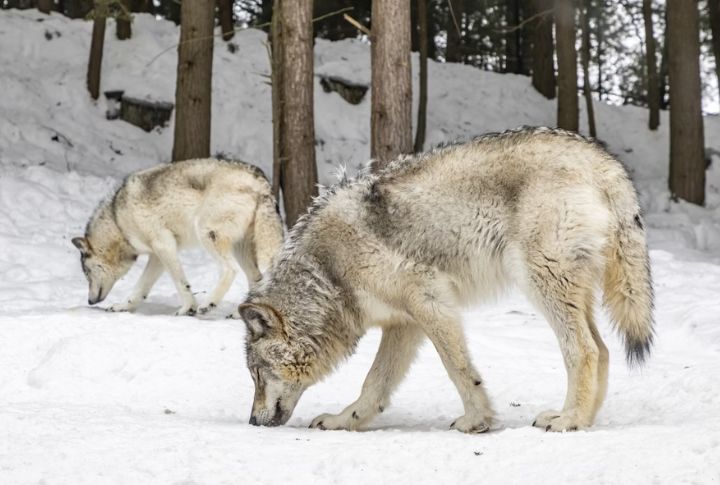
Ever wonder who gets to breed in a wolf pack? Only the alpha male and female do. Their rank isn’t just status—it’s reproductive privilege. Pet dogs don’t have that structure; breeding happens freely, especially in unregulated environments or shelters.
Wolves Travel Miles Daily For Food And Safety

Wolves often travel long distances daily, adjusting their path based on prey movement or danger nearby. This constant motion builds both their strength and awareness. Most domestic dogs are shaped by generations of human care and simply no longer rely on this kind of endurance-driven lifestyle.
Hunting Requires Team-Based Strategy
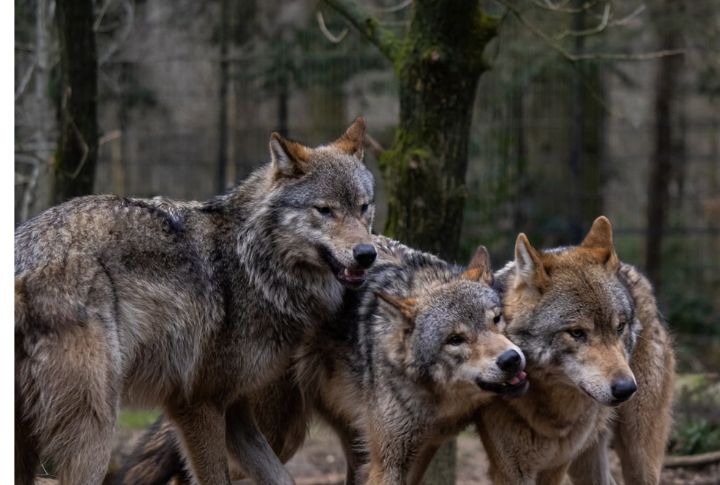
Wolves don’t just chase prey—they outmaneuver it. They rely on pre-planned, role-based strategies during the hunt. Each wolf knows its position and target. Dogs, by contrast, don’t show this level of group-hunting instinct unless selectively bred and trained.
Wolves Use Howls To Locate And Gather The Pack
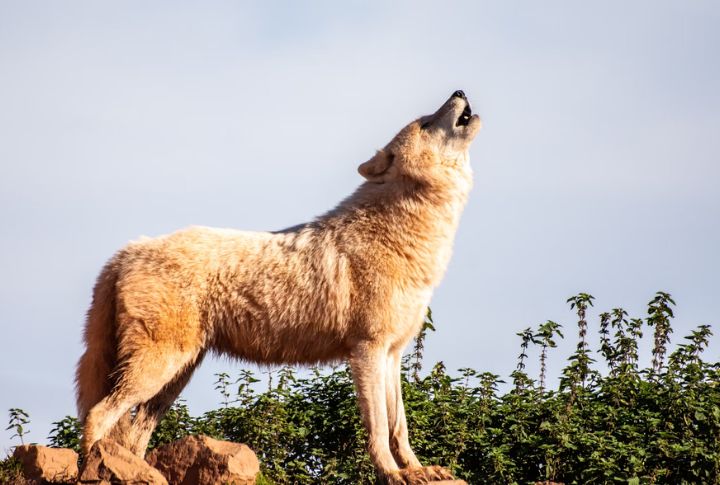
When separated, wolves howl not to scare but to signal. It’s a built-in reunion tool, sometimes covering miles. While domestic dogs still make noise, the instinct for pack-based vocal signals that carry over distance has mostly faded after generations of living alongside people.
Wolves Practice Food Sharing Among Pack Members
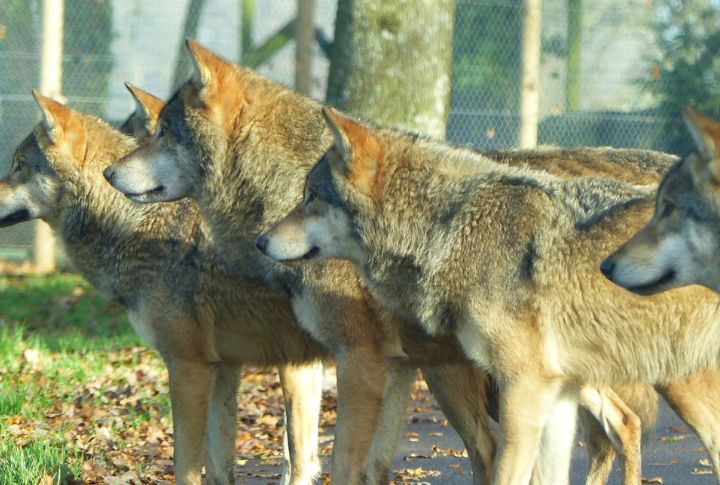
It’s common to see wolves regurgitate food for pups or share meat with the elderly. This behavior reinforces social bonds. Pet dogs often guard their food or need training to share, having lost the instinct to distribute resources communally.
Wolves Use Body Blocking To Establish Rank
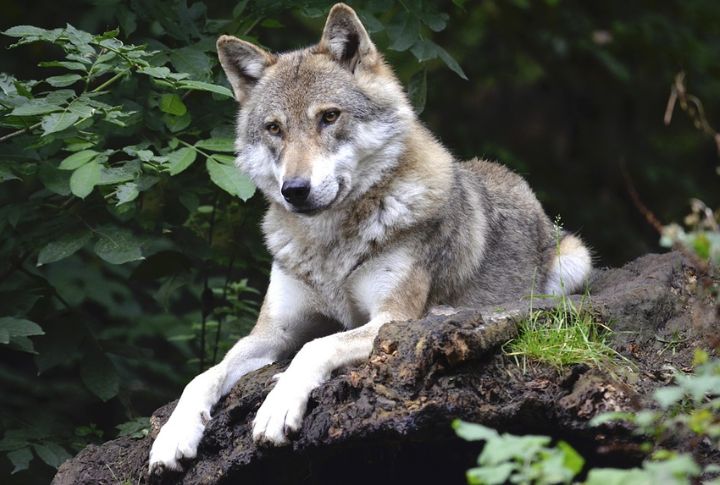
Forget growling—wolves can establish dominance through subtle body language, like standing in a path to block another’s movement. It’s low-drama but highly effective. Dogs may show similar postures, but the structured rank-based use is far more refined in wolves.
Wolves Avoid Humans Through Learned Generational Fear

Wariness like this isn’t purely instinct; it’s passed down through learned behavior. Wolves raised in the wild learn to fear humans from their parents and pass that avoidance down. Dogs, on the other hand, are bred to seek us out, even when they are puppies.
Wolves Migrate Seasonally Based On Prey And Climate
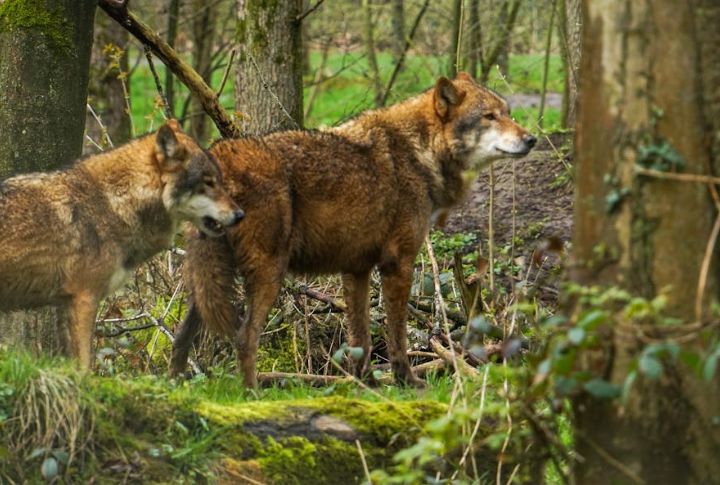
Moose move, elk move—so wolves follow. Their migration patterns are tied to prey behavior and climate shifts. Domestic dogs never developed such a nomadic need; their food shows up in a bowl no matter the season, without any need to roam or adjust to shifting herds.





